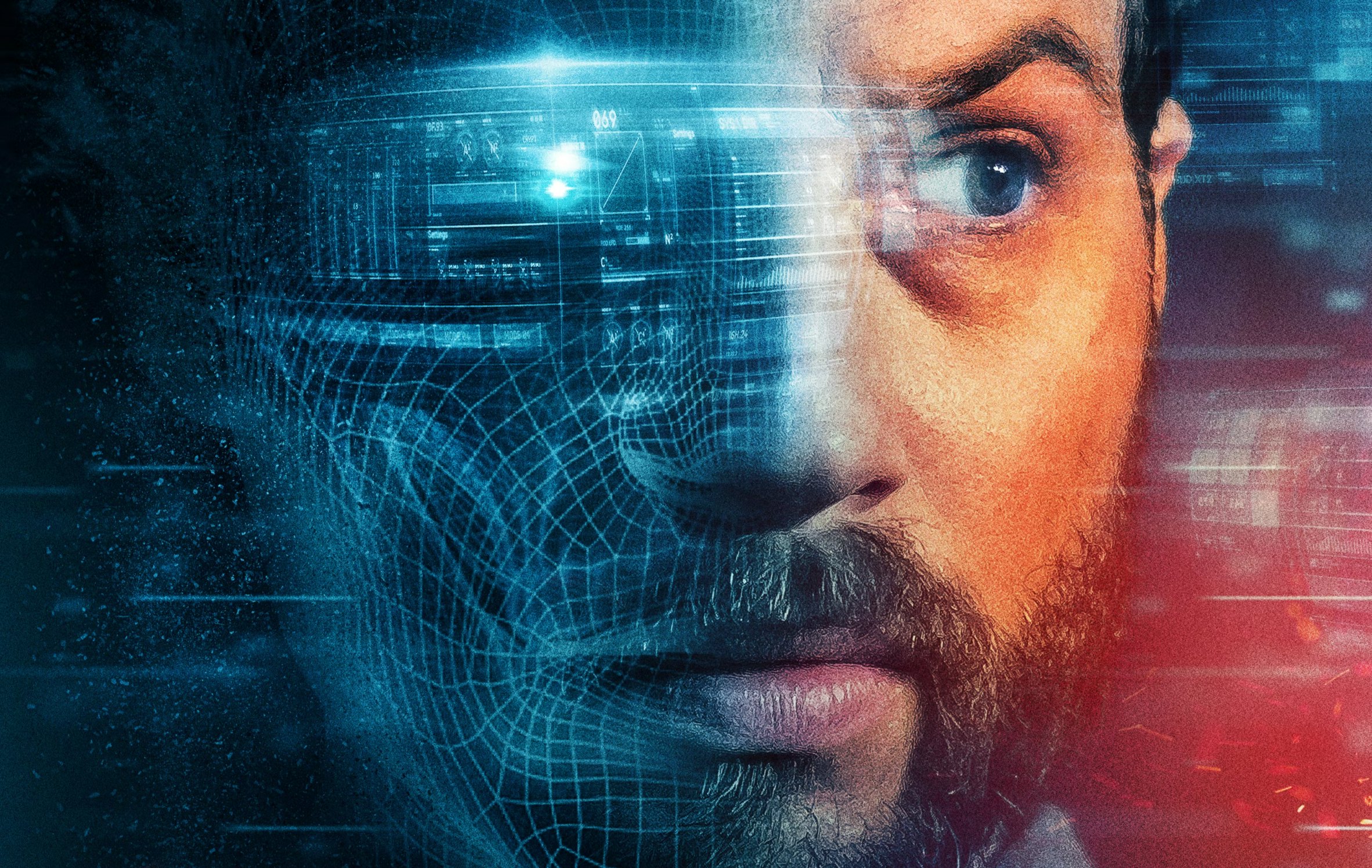
For a genre about the future, cyberpunk increasingly feels trapped in the past. Leaning into nostalgia, new movies and videogames are still dominated by retro synthwave music, neon lighting, and imagery popularized by classics like Neuromancer, Ghost in the Shell, and, of course, Blade Runner. Thankfully, there are some exceptions.
The low-budget revenge thriller Upgrade is a rare modern cyberpunk movie that’s fully rooted in the present day. Released in 2018 (and streaming on Netflix as of earlier this month), the movie combines familiar cyberpunk tropes — artificial intelligence, malevolent capitalist structures, body modification — with contemporary Silicon Valley ideas to tell a powerful story that’s gone criminally overlooked for too long.

Best known for his work in the horror genre, writer/director Leigh Whannell co-created the Saw and Insidious franchises with James Wan. More recently, he helmed the 2020 reboot of The Invisible Man, a claustrophobic thriller about a woman whose abusive ex uses invisibility tech to stalk her to the brink of suicide. Similarly rooted in sleek, 21st century science fiction, The Invisible Man actually includes a subtle crossover with Upgrade, as both movies feature the same fictional tech company, Cobalt.
Set in 2046, Upgrade’s inciting incident is, admittedly, an unabashed cliche: the old reliable dead wife trope. The marvelously named protagonist Grey Trace (Logan Marshall-Green) is a lowkey technophobe, working as an old-school mechanic and affectionately teasing his wife Asha (Melanie Vallejo) about her self-driving car and AI home assistant. His latest job is restoring a vintage car for eccentric tech CEO Eron Keen (Harrison Gilbertson), who introduces the couple to his latest invention: STEM, a microchip implant that can control the body’s motor functions. STEM could be revolutionary for people living with paralysis and other motor-related disabilities — an idea that soon becomes very relevant to Grey.

On the way home from meeting Keen, Grey and Asha's car malfunctions, crashing in a rough neighborhood where they’re attacked by a gang of criminals. The gangsters murder Asha and paralyze Grey from the neck down. Now fully reliant on the assistive technology he previously despised, Grey is caught between anger and suicidal grief. When Eron Keen suggests he could be a test subject for the STEM implant, Grey begrudgingly agrees.
“The operation would take place in my home, away from official eyes,” Keen says ominously. “It would have to be our secret.”
The implant works miraculously well, setting the scene for Grey to embark on a search for his wife’s murders. He’s a surprisingly nontraditional revenge thriller protagonist. Unlike John Wick or your average Liam Neeson character, Grey has no combat training or investigative skills. In fact he visibly freaks out during his first fight scene in a darkly funny moment from Logan Marshall-Green.

You see, STEM doesn’t just help Grey to walk again. It also comes with its own AI, an entity that advises Grey on how to track down his targets and physically takes charge of his body when the going gets tough. Upgrade’s first big action sequence involves Grey’s body (from the neck down) becoming a robotic murder machine, while Grey himself reacts with naive horror.
It’s hardly a spoiler to say this technology hides even darker secrets, something the movie foreshadows from Eron Keen’s first appearance. As his name suggests, he’s one of cinema’s many Elon Musk copycats. And, like most of these characters, he’s both more competent and more stylish than the real Musk.
Upgrade leans heavily into minimalist architecture and design, with Asha’s self-driving car as a more appealing precursor to the cybertruck, and Keen living in a chic underground bunker with an indoor ecosystem involving clouds and trees. The fact that this was all filmed for $3 million is beyond impressive. And crucially, it taps into classic cyberpunk ideas without relying on 1980s visuals.

To be clear, there’s nothing wrong with enjoying the retro-futuristic neon mirrorshades look kickstarted by Blade Runner. It’s a classic for a reason! But many of those genre-defining cyberpunk stories were famously prescient about 21st century life, and if we only examine their themes through a 1980s lens, they lose some of their power.
Upgrade’s tension isn’t just about the scariness of having an AI control your body or crash your car. It’s about the interplay between this technology and broader societal ills. Reflecting present-day America, Upgrade depicts an unequal, stratified world. Most people don’t have access to cutting-edge technology, and the technology itself is shaped by established power structures. It doesn’t help the police catch Asha’s murderers, and it’s vulnerable to external manipulation.
While not exactly a groundbreaking take on AI science fiction, Upgrade is great at what it does, delivering a satisfying revenge thriller with solid worldbuilding and an interesting protagonist driving the action. It’s the kind of B-movie we deserve to see more often, proving that cyberpunk still has plenty of room to evolve.







